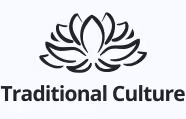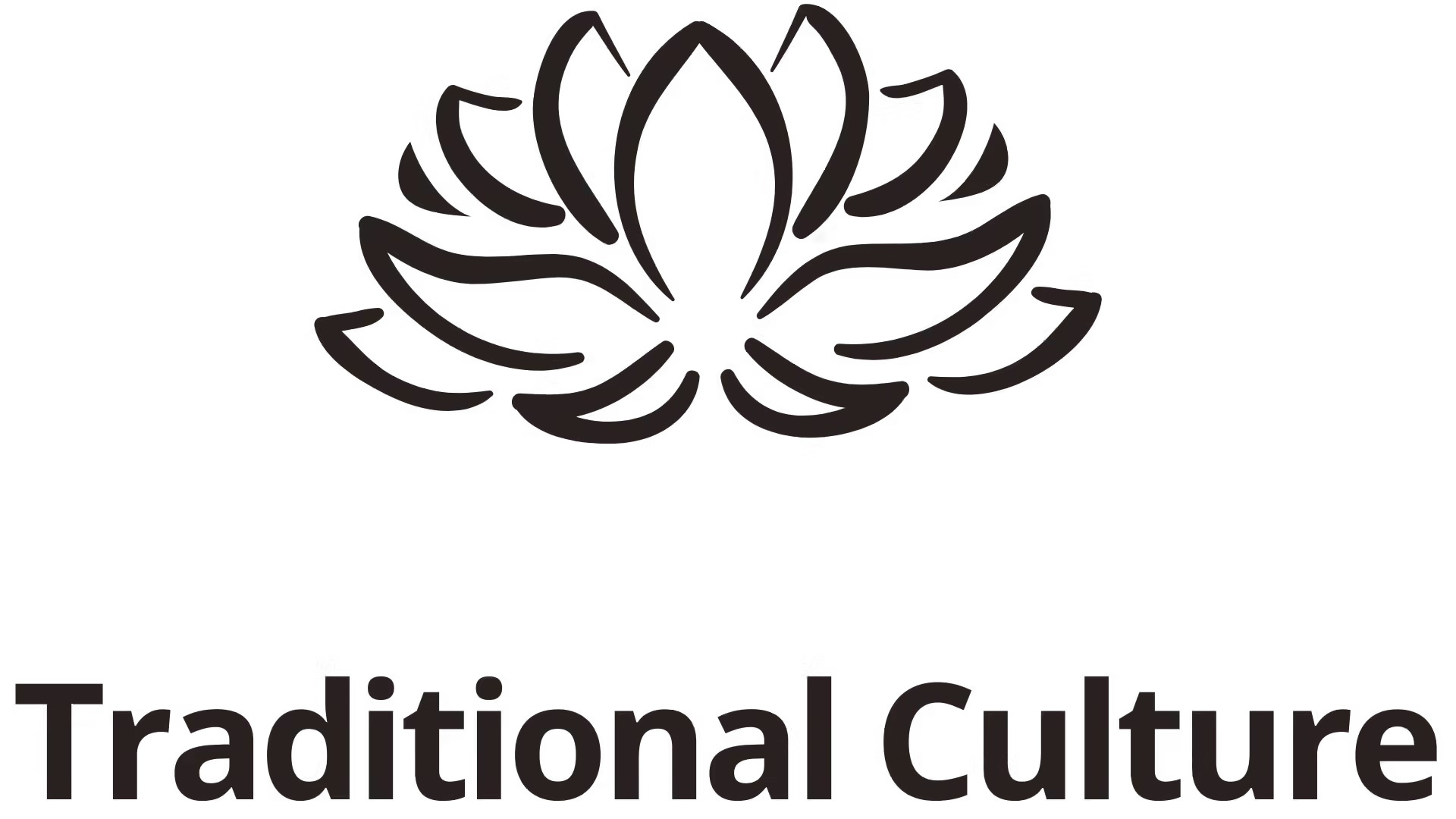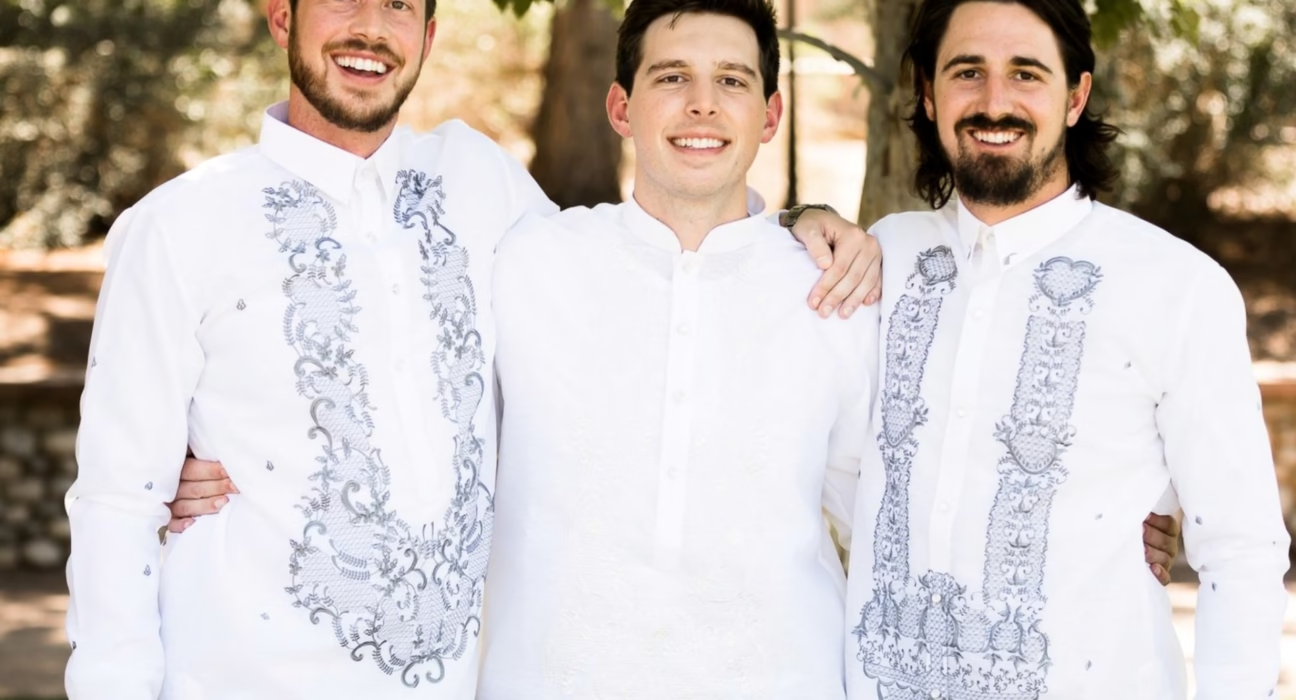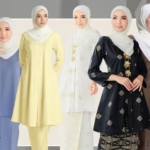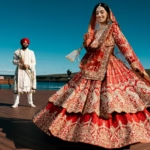Barong Tagalog (Philippines) holds a prestigious place in the heart of Filipino culture. This intricately designed formal attire reflects both artistry and the rich tapestry of the Philippines’ historical backdrop. Embodying a unique blend of tradition and modernity, the Barong Tagalog possesses an undeniable charm that resonates with the spirit of the Filipino people.
The Barong Tagalog is not just a piece of clothing; it is a statement. It stands as a symbol of identity, pride, and history for the Filipino people. Worn during celebrations, weddings, and other significant events, the Barong Tagalog showcases the artistic skills of local artisans while encapsulating deep-rooted cultural values.
Historical Origins and Cultural Significance
Diving into the origins of the Barong Tagalog reveals a fascinating narrative intertwined with the Philippine tale of resilience and identity. As we navigate through its evolution across centuries, we come to appreciate the layers of significance embedded within this garment.
The Spanish Influence on Barong Tagalog
During the Spanish colonial period, which lasted for over three centuries, the Barong Tagalog evolved significantly. The colonizers imposed social stratifications that influenced how garments were crafted and worn among the different classes.
Nobles adorned themselves in elaborate Barongs complete with embroidered embellishments, showcasing their wealth and status. Meanwhile, the lower class opted for simpler designs, often reflecting their humble roots. This distinction birthed a wide array of styles and colors that became representative of one’s societal standing, showcasing the Barong Tagalog as a medium of expression.
Yet, the uniqueness of the Barong lies in its duality. Despite functioning as a mark of social division, it simultaneously blurred the lines between social classes in ways the elite could not anticipate. For many, wearing a Barong meant embracing a shared cultural heritage irrespective of background, subtly challenging the hierarchies imposed by colonial rule.
A Symbol of National Identity
As time passed, the Barong Tagalog transcended its original purpose and began morphing into a profound emblem of national pride. In moments when the country faced challenges—be they political or economic—the Barong stood resilient, reminding Filipinos of their collective identity.
Today, being clad in a Barong Tagalog at important gatherings demonstrates allegiance to one’s roots. Such occasions resonate with shared memories and histories, echoing the modern sentiment that “Barong Tagalog is the Filipino’s second skin.”
The Craftsmanship Behind the Barong Tagalog
Crafting a Barong Tagalog involves meticulous detail, drawing from traditional Filipino textiles. Fabrics such as jusi and piña are commonly utilized due to their ethereal quality. Jusi offers a luxurious sheen, while piña channels elegance through its fine, delicate weave.
In essence, each fabric tells a story, capturing the essence of Philippine craftsmanship. Artisans blend natural fibers sourced from local plants, merging lifestyle with artistry. Consequently, the creation of a Barong Tagalog becomes a collaborative endeavor that underscores community spirit, linking artisans to their cultural heritage.
Ensuring quality and authenticity, artisans engage in processes that elevate the Barong beyond mere clothing to an intricate tapestry of relationships woven together by threads of tradition.
Barong Tagalog: Evolution in Modern Times
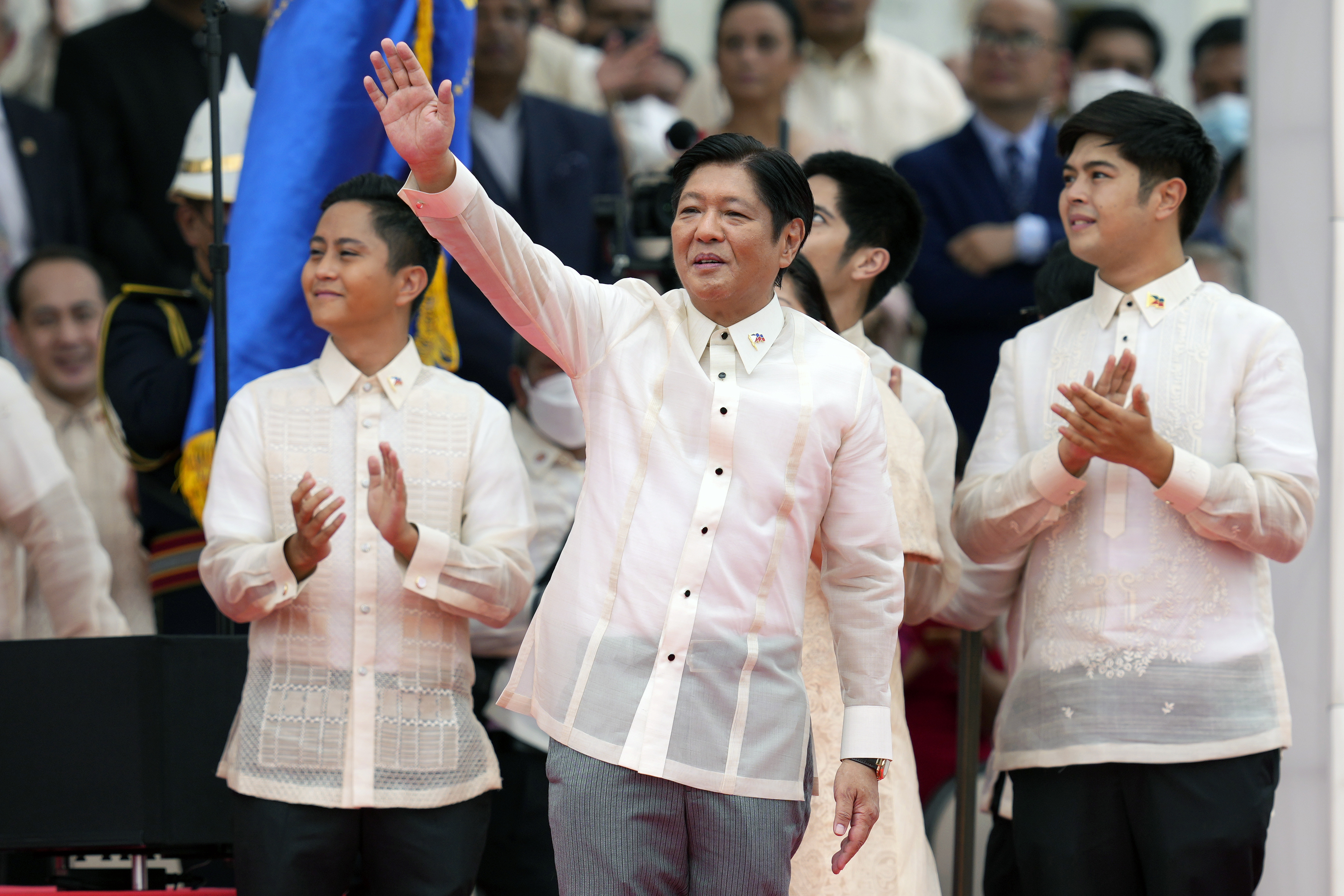
Entering the contemporary arena, the Barong Tagalog has witnessed a resurgence, adapting seamlessly to modern sensibilities without losing its cultural significances. An exploration of its transformed role unveils deeper narratives making it relevant to diverse audiences today.
Shaping Modern Fashion Trends
With the rise of global fashion, the Barong Tagalog has influenced and been influenced by current trends while holding steadfastly onto its cultural roots. Designers often experiment with silhouettes, introducing innovative cuts, and incorporating contemporary elements into the traditional design whilst reminiscence to classic aesthetics.
Such modern iterations exemplify the adaptability of the Barong Tagalog amid changing fashion landscapes. Customization options flourish, allowing individuals to express their identities while honoring tradition. Be it a wedding, a formal gathering, or a casual event, the Barong finds its place in various atmospheres and settings today.
Embracing Global Recognition
Philippine designer talents have garnered attention on international platforms, with Barong Tagalog emerging as an icon of Philippine culture. Events showcasing cultural diplomacy now frequently feature the Barong Tagalog, recognizing its value beyond national borders.
For instance, delegations and ambassadors globally choose to wear the Barong Tagalog to represent the Philippines, infusing discussions with cultural richness. As interactions intensify among nations, Barong acts not merely as an attire but also as a conduit for sharing the Filipino experience with the world.
Celebrating Diversity Through Barong Tagalog
Within the modern context, the multi-faceted dimensions of the Barong Tagalog reflect societal changes within the Philippines. Today’s collections often showcase collaborations between different cultures, highlighting diversity in designs that remain true to their heritage.
The dialogues surrounding the Barong continue to deepen, as conversations surrounding inclusion and representation become ever more prevalent. Through active engagement in indigenous storytelling and reclamation of lost techniques, artisans reinvigorate connections with traditions and histories that sometimes fade into obscurity.
Barong Tagalog as a Cultural Ambassador
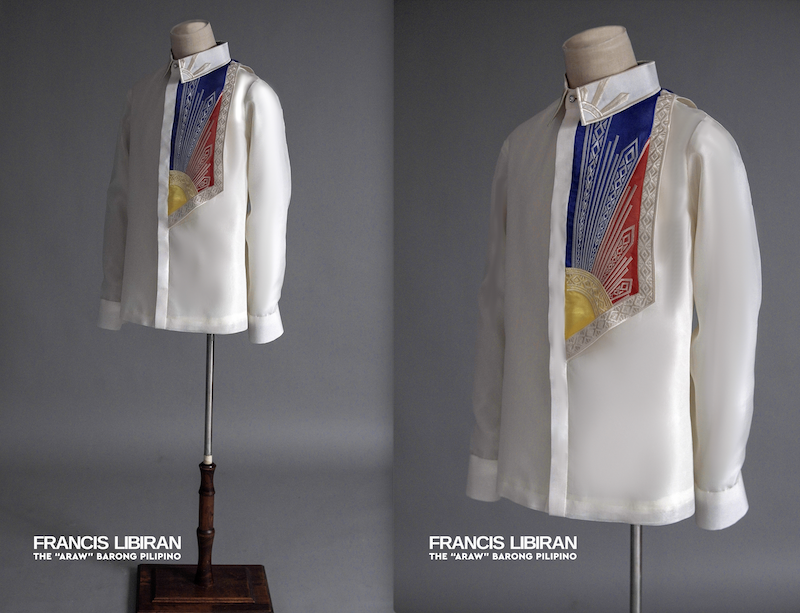
Much like a cultural ambassador, the Barong Tagalog transcends the barriers of language and borders, forging emotional connections and camaraderie between nations. Its potential as a driver of cross-cultural understanding derives from its intricate narrative, resonating well beyond its geographic origin.
Historic Ties Strengthening Cross-Cultural Relations
Regional exchanges, festivals, and diplomatic meetings foster meaningful connections through the Barong Tagalog as it weaves stories between disparate communities. The fabric serves as a focal point during which traditions mingle, cultivating curiosity regarding the deeper layers of Filipino customs.
Using the Barong as a bridge—a means of conversation—allows international audiences to engage with the nuances of Filipino culture, igniting interest in the journey and histories behind this beloved garment. Each encounter solidifies bonds that transcend nationality, echoing as a reminder of humanity’s interconnectedness.
Creating Awareness and Appreciation
Awareness campaigns involving the Barong Tagalog promote an appreciation for Philippine culture while inviting others to explore its diverse heritage. Workshops and exhibitions showcase artisans crafting Barong pieces, enabling participants to witness, learn, and engage intimately with the traditions informing the craft.
This direct interaction fosters respect for craftsmanship and elevates the status of local talents shaping the landscape of contemporary fashion. By attributing value to stories tied to the Barong Tagalog, these initiatives contribute to preserving culture while promoting sustainability—a movement gaining prominence amid the challenge posed by fast fashion.
Building Contemporary Narratives
Crafting future narratives for the Barong Tagalog necessitates a commitment from artisans and designers alike to refract traditional techniques under the light of present circumstances. The emergence of eco-friendly materials and sustainable practices showcases inspiration fueling innovations dedicated to fostering growth while retaining relevance.
Exploration into experimentations around form, embroidery, and material ultimately shapes the Barong Tagalog into a canvas uniquely embodying the dynamic essence of contemporary Filipino society. Thus, allowing new generations to write their stories while remaining tethered to their cultural legacy.
Conclusion

Although Barong Tagalog (Philippines) originated encompassing historical, cultural, and social intricacies, today it embodies a confluence of tradition and modernity. Reverberating stories sparked by passion, identity, and craft are stitched together into fabric that communicates far beyond words.
Navigating its complex journey allows us better comprehension of our own positions within histories interwoven across the globe. Engaging with the Barong Tagalog inspires myriad reflections on the strength of cultural heritage, nurturing an enduring sense of pride and connection rooted in celebration.
The Barong Tagalog remains a powerful testament to the richness of Philippine culture, acting not just as a garment but as an emblem of unity, identity, and resilience spanning ages past, present, and future. It invites us all to carry upon ourselves the stories shared through this elegant attire while enthusiastically fostering dialogues that celebrate our cultural pluralism.
✉️ Stay Connected — Subscribe for Weekly Updates
Discover timeless stories, practical wisdom, and beautiful culture — delivered straight to your inbox.
*We only share valuable insights — no spam, ever.

